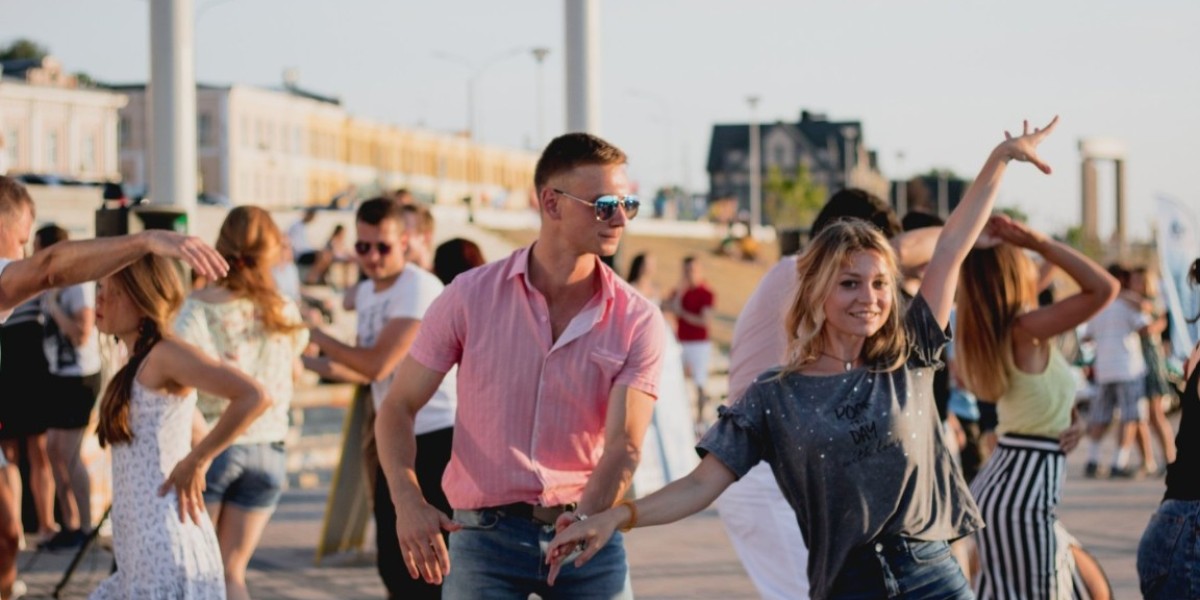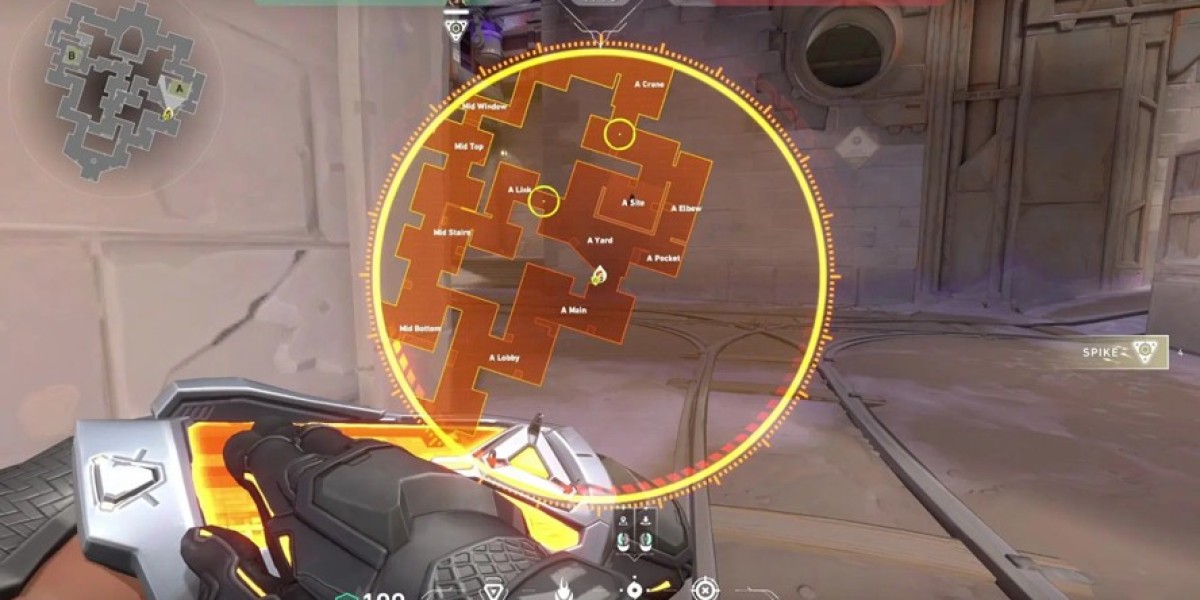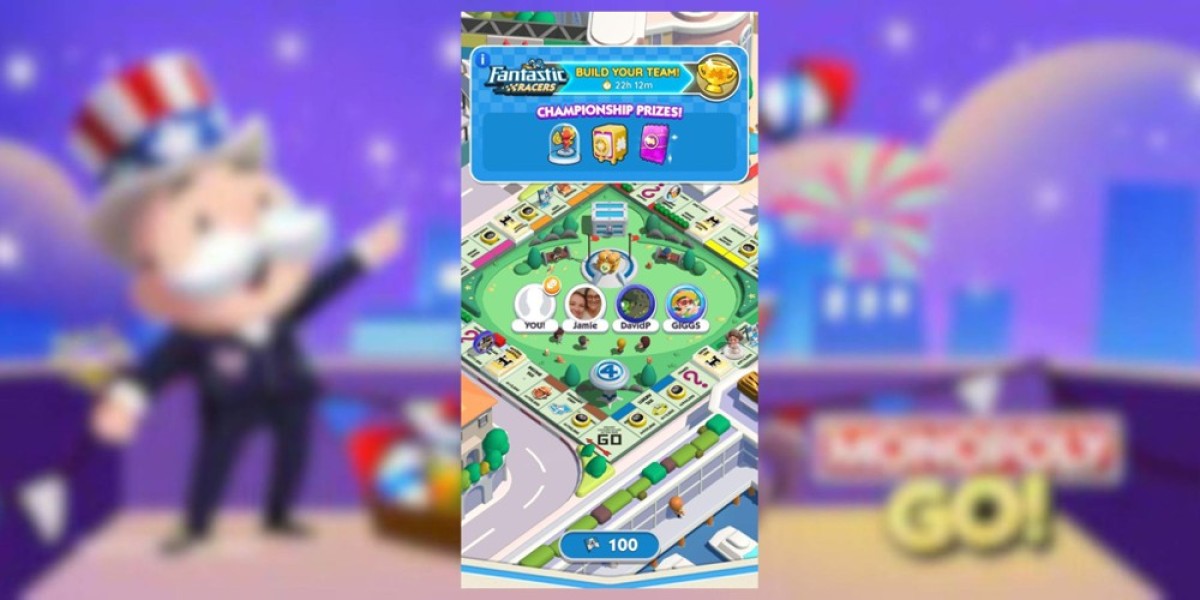Dance has always been a universal language. Across cultures, countries, and communities, dance serves as a way to celebrate life, express emotions, and bring people together. Among the many forms of dance, social dance stands out as a vibrant tradition that continues to grow in popularity worldwide. Unlike performance dance, which is often choreographed and designed for an audience, social dance is about participation, connection, and joy.
In this article, we’ll explore the history, benefits, styles, and growing appeal of social dance—and why it remains such an enriching activity for people of all ages.
What Is Social Dance?
Social dance refers to dance styles that are primarily intended for socializing and enjoyment rather than performance or competition. These dances are usually learned informally, often at gatherings, community events, or in dance classes. Social dance is all about connection—between partners, within groups, and with the music itself.
Some common examples of social dances include:
- Ballroom dances like the waltz, foxtrot, and tango.
- Latin dances such as salsa, bachata, merengue, and cha-cha.
- Swing dances including Lindy Hop, jitterbug, and West Coast Swing.
- Folk and cultural dances from around the world, like Irish céilí dancing, Greek line dances, and African communal dances.
While styles differ, the essence remains the same: social dance is about sharing movement in an enjoyable and welcoming environment.
A Brief History of Social Dance
The roots of social dance stretch back centuries. In ancient times, dance was often linked to rituals, ceremonies, and celebrations. Over time, these traditions evolved into forms of entertainment and community bonding.
- European courts of the Renaissance saw the rise of formal dances such as the minuet and gavotte.
- In the 19th century, ballroom dancing became a popular pastime across Europe and America.
- The swing era of the 1930s and 40s transformed dance halls into cultural hubs.
- Latin American rhythms like salsa and bachata gained worldwide popularity in the late 20th century.
Today, social dance continues to evolve, blending traditional steps with modern influences. Dance studios, community centers, and clubs all over the world host events that welcome beginners and seasoned dancers alike.
Why Social Dance Matters
Social dance isn’t just about moving to the beat. It brings a range of benefits that extend beyond the dance floor:
1. Physical Fitness
Dancing is a full-body workout that improves cardiovascular health, flexibility, coordination, and endurance. Unlike routine exercise, it’s fun and engaging, which keeps people motivated.
2. Mental Health
Learning dance steps and remembering patterns stimulates the brain, improving memory and focus. The joy of dancing also helps reduce stress, anxiety, and depression.
3. Social Connection
As the name suggests, social dance is inherently about building relationships. Whether through a dance partner or a group, social dancing fosters community and belonging.
4. Cultural Appreciation
Many social dances are rooted in cultural traditions. Participating in these dances helps individuals gain a deeper appreciation for history, diversity, and heritage.
5. Confidence and Self-Expression
Social dance encourages creativity and self-expression. With practice, dancers often feel more confident both on and off the dance floor.
Popular Styles of Social Dance
There are countless variations of social dance, but a few stand out for their global popularity:
Salsa
Originating in Cuba and influenced by Afro-Caribbean and Latin American rhythms, salsa is known for its lively, energetic movements. Salsa clubs and socials are common worldwide, making it one of the most popular social dances today.
Swing
Born in the U.S. during the jazz age, swing dancing is upbeat, playful, and full of improvisation. Styles like Lindy Hop and East Coast Swing remain staples in dance communities.
Ballroom
Ballroom dances like the waltz, tango, and foxtrot emphasize elegance and partnership. They’re often taught in studios but can be enjoyed casually at social events.
Bachata
Originating from the Dominican Republic, bachata has gained immense popularity. Its smooth, romantic style makes it a favorite in Latin dance clubs.
Folk Dances
Every culture has its traditional dances—Greek circle dances, Indian Garba, Irish céilí, and more. These dances connect people to their roots and are often central to festivals and celebrations.
The Modern Social Dance Scene
With the rise of dance studios, social media, and online tutorials, social dance has become more accessible than ever. Many cities now host weekly socials, where dancers gather to enjoy live music, DJs, or just an open dance floor.
Technology has also played a role. YouTube, TikTok, and Instagram have exposed millions of people to dance trends, making social dance more appealing to younger generations.
Additionally, fusion styles are emerging—blending salsa with hip-hop, or swing with modern music—demonstrating the adaptability and creativity of social dance.
How to Get Started with Social Dance
If you’re curious about exploring social dance, here are some steps to begin:
- Take a Class – Many local dance studios and community centers offer beginner-friendly classes.
- Attend a Social – Look for dance socials or community events where you can practice with others in a relaxed environment.
- Learn Online – If you’re shy or prefer to start at home, online tutorials and videos are a great introduction.
- Find a Partner – While some dances require partners, many social dance communities welcome solo participants. Don’t worry if you come alone—you’ll often find plenty of people to dance with.
- Stay Consistent – Like any skill, dancing improves with practice. Attend regularly, and you’ll notice your confidence growing.
Social Dance Etiquette
Since social dance emphasizes community, etiquette is an important part of the culture:
- Be respectful – Always ask politely before inviting someone to dance.
- Switch partners – Dancing with different people helps you grow and makes the community more welcoming.
- Mind personal space – Be aware of the dance floor and respectful of boundaries.
- Have fun – The goal isn’t perfection but enjoyment.
Conclusion: The Magic of Social Dance
Social dance is much more than just moving to music—it’s about human connection, joy, and expression. Whether you’re learning salsa at a local studio, joining a swing social, or participating in a cultural folk dance, social dance opens doors to new friendships, better health, and unforgettable experiences.
If you’ve been considering trying it out, now is the perfect time. Step onto the dance floor, let the rhythm guide you, and discover the world of social dance waiting for you.








